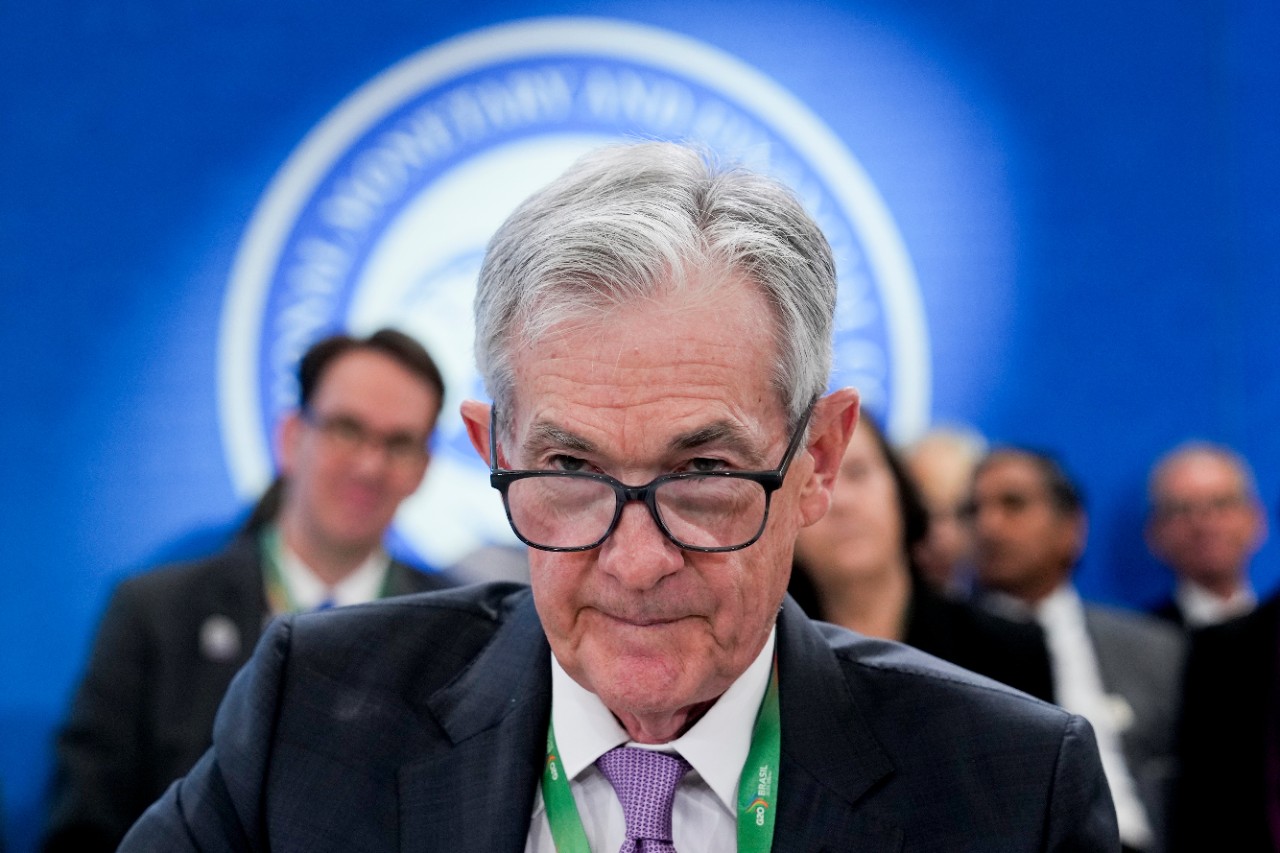Central bank decisions represent some of the most significant market-moving events in the financial calendar. Next week brings a rare convergence of monetary policy announcements from three major economies within just days of each other. Each decision carries the potential to trigger substantial moves across forex markets, indices and individual stocks.
Bank of Japan (BOJ): 11.00am (HK time) on Tuesday 17 June
Federal Reserve (Fed): 2.00am (HK time) on Thursday 19 June
Bank of England (BOE): 7.00pm (HK time) on Thursday 19 June
Traders should prepare for heightened volatility as markets digest policy statements, rate decisions and forward guidance. The coordination of these announcements creates unique trading opportunities but also amplifies risk across global markets.
Understanding the key factors influencing each central bank’s decision-making process will be crucial for positioning ahead of these announcements. Let’s examine what to expect from each institution.
BOJ faces inflation versus growth dilemma
The Bank of Japan (BOJ) confronts a challenging balancing act between persistent inflation pressures and slowing economic growth. Core consumer prices excluding fresh food surged 3.5% year-on-year (YoY) in April, driven primarily by soaring cereal and energy costs.
Rice prices, a household staple in Japan, have doubled over the past year, highlighting the severity of inflationary pressures. Core inflation has remained at or above the BOJ’s 2% target since April 2022, creating mounting pressure for interest rates increases.
However, economic growth has deteriorated significantly, with first-quarter GDP contracting at an annualised rate of 0.2%. This sharp decline from 2.2% growth in the fourth quarter of 2024 was primarily driven by falling exports, exposing Japan’s vulnerability to global trade uncertainties.
Real wages have declined 1.8% YoY due to higher inflation, potentially dampening consumer spending and further constraining economic growth. Interest rate futures currently price just a 51% probability of rate changes through 2025, though BOJ Governor Ueda has indicated willingness to raise rates if economic data improves.
While the BOJ will most likely keep rates unchanged at Tuesday’s meeting, any hawkish guidance could provide significant support for the yen. Traders should pay close attention to policy statements and press conference commentary for hints about future tightening moves.
Figure 1: Japan’s core inflation rate and policy rate
